BoE is widely expected to raise the Bank rate again by 25bps to 0.75% today. The main focus is the voting. Last time, a slim majority of five MPC members won the vote and hiked only 25bps. Four members had indeed voted for a 50bps hike.
With Russia invasion of Ukraine, inflation would likely stay higher for longer, and might even peak above BoE’s own projection of 7.25% in April. Policy makers are clearly getting more alerted on the outlook and some might push for front-loading the rate hikes. But others could prefer to wait for new economic projections in May before acting more aggressively. The voting would reveal the balance inside MPC.
Here are some previews:
- BoE Policy Meeting: Rate Hike Imminent But What’s Next?
- BoE Preview: Another Rate Hike Expected, Emphasis on Flexibility
GBP/CHF rebounded quickly after war triggered selloff. A short term bottom is in place at 1.2112 and further rally is expected as long as 1.2255 minor support holds. But a strong break of 1.2598 resistance is needed to confirm completion of the down trend from 1.3070. Otherwise, medium term outlook will be neutral at best, with prospect of another fall through 1.2112.




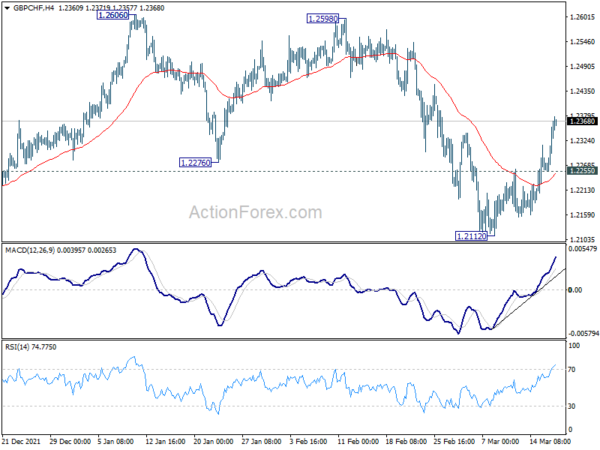
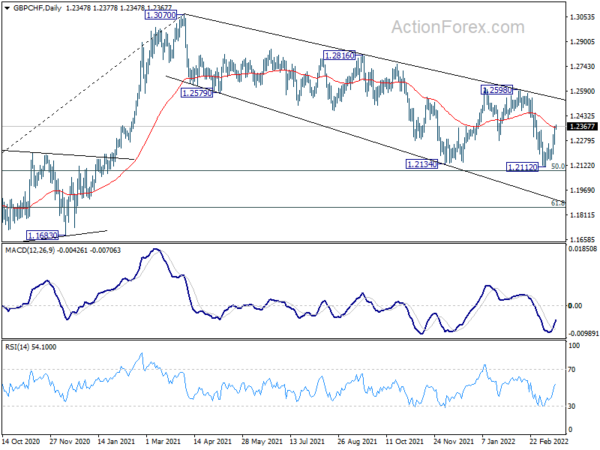
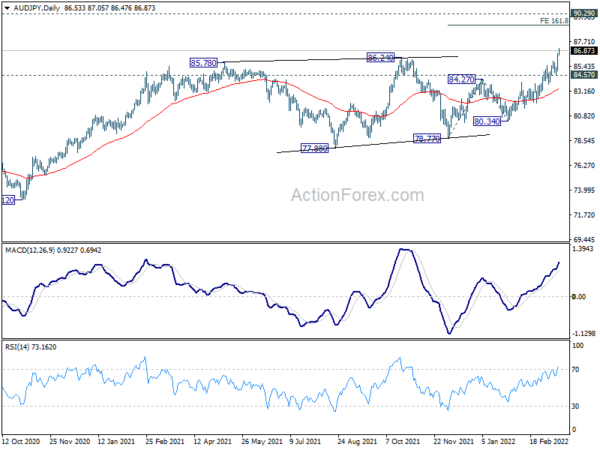
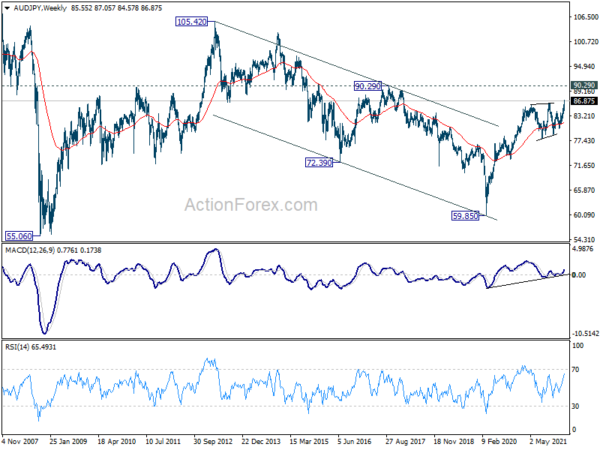
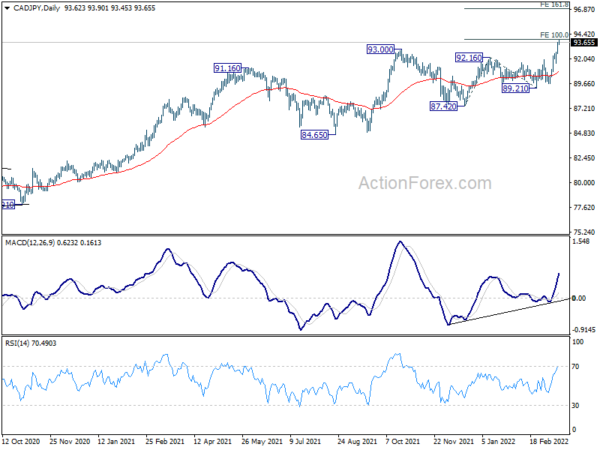
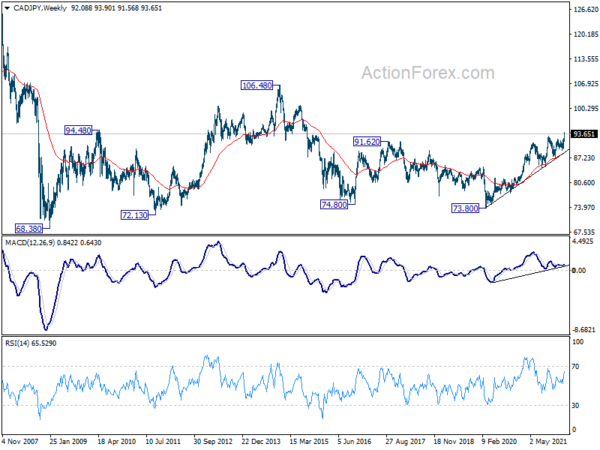
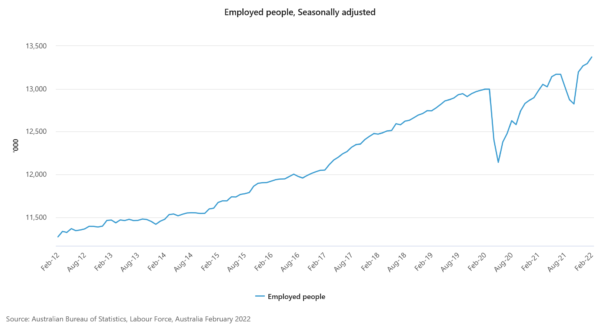
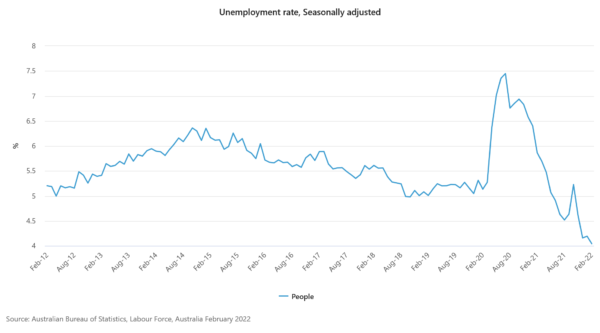
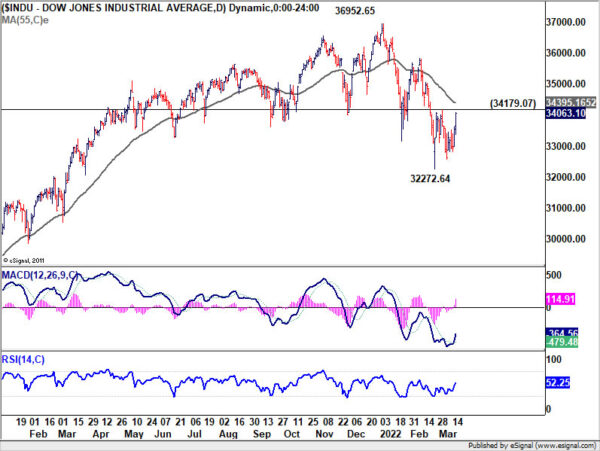
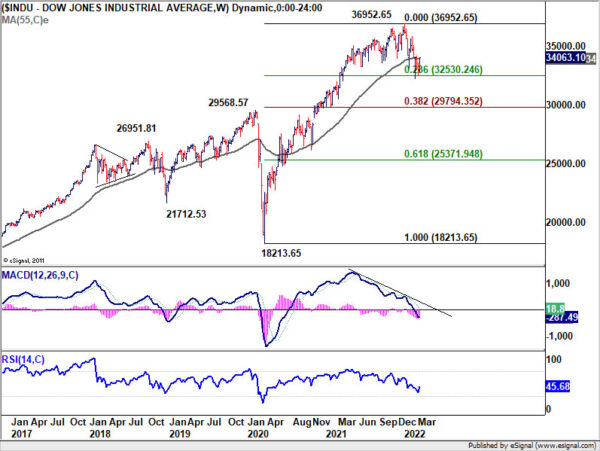

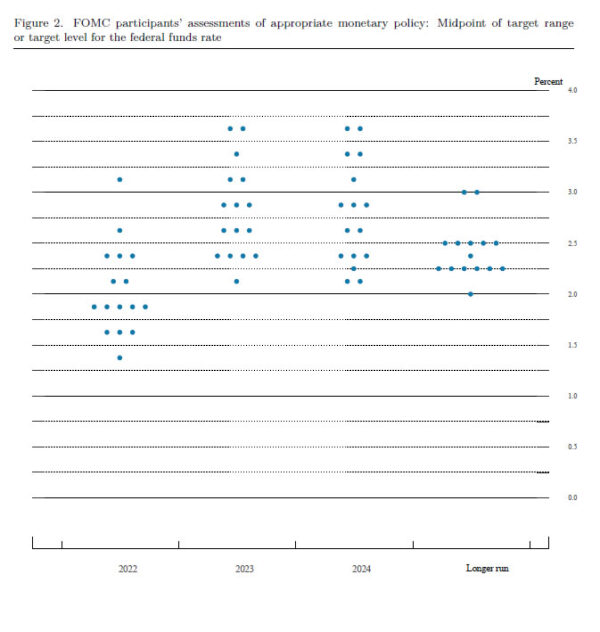
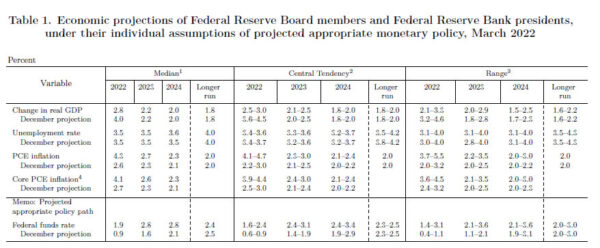
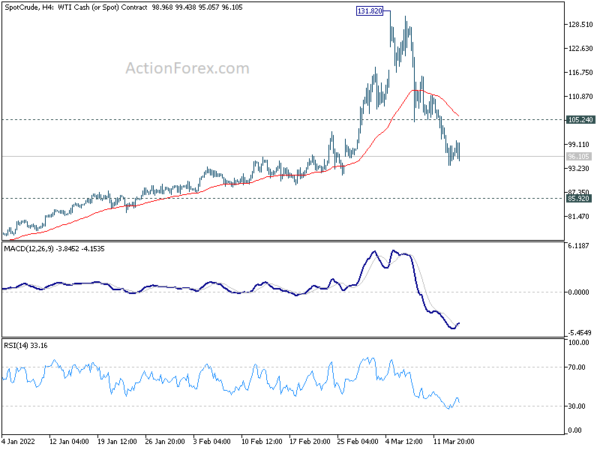
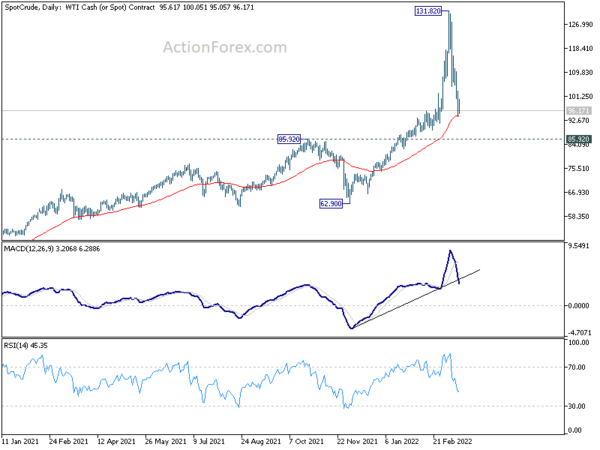
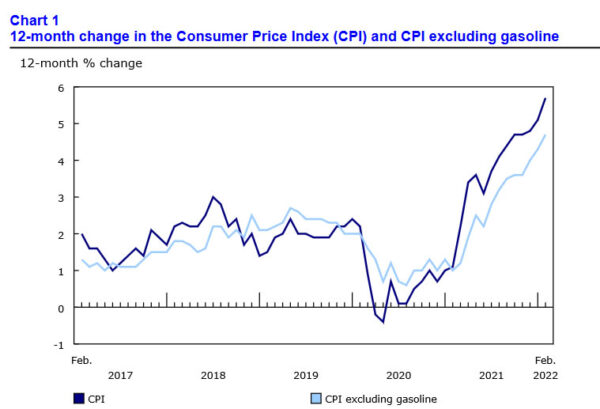
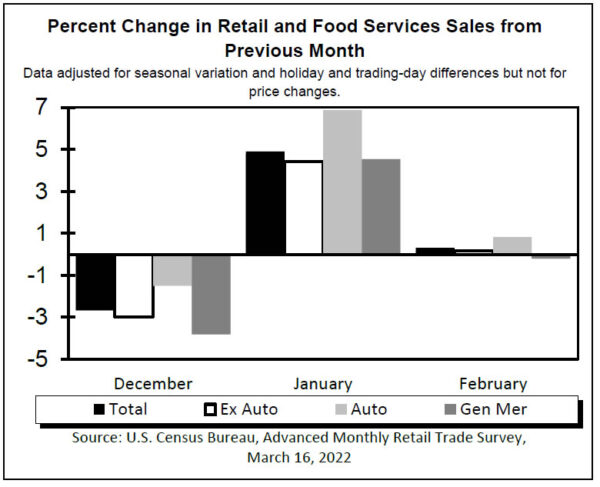

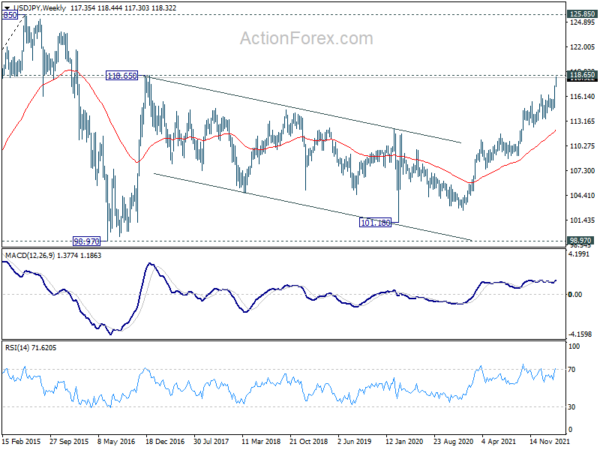
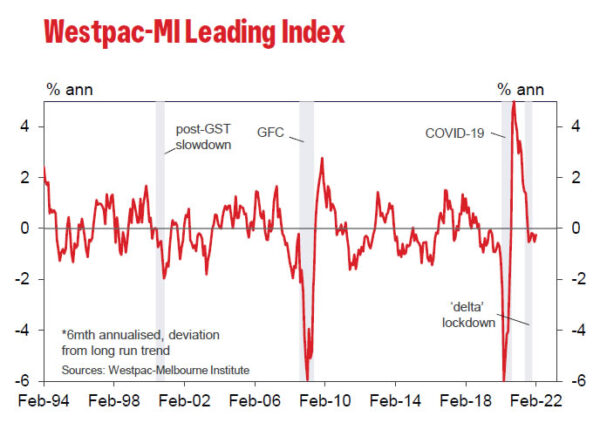
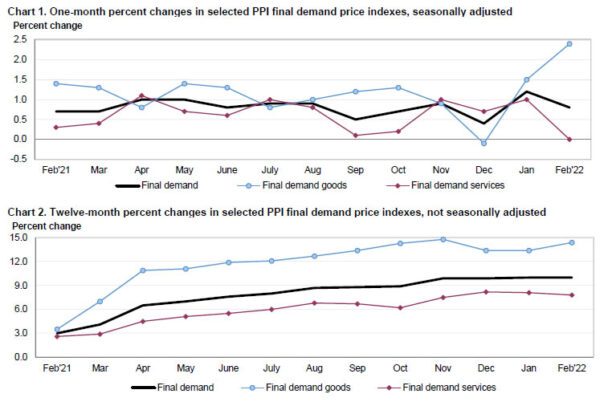
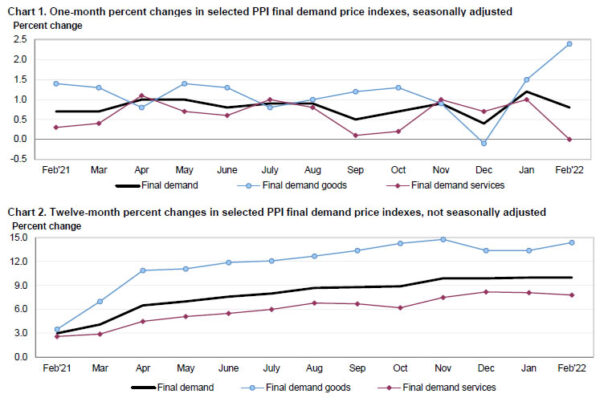
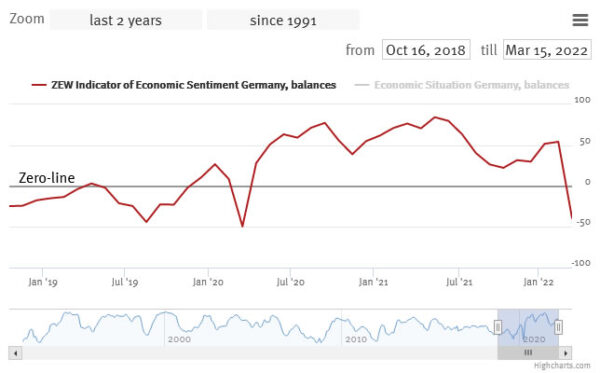
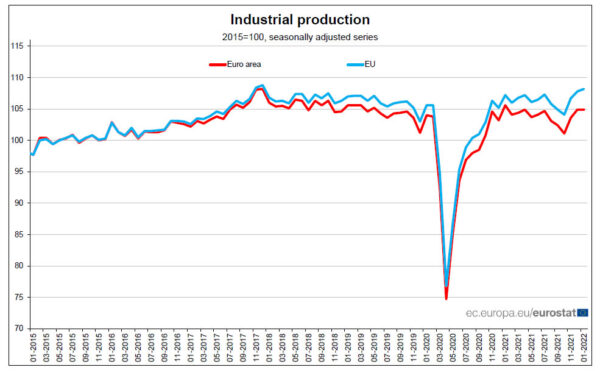
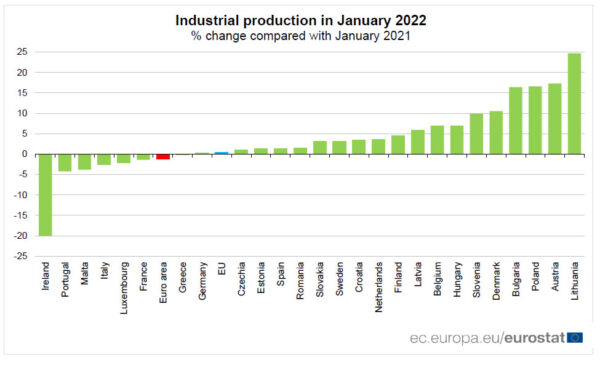

Eurozone CPI finalized at 5.9% yoy in Feb, EU at 6.2% yoy
Eurozone CPI was finalized at 5.9% yoy in February, up from January’s 5.1% yoy. The highest contribution to the annual euro area inflation rate came from energy (+3.12%), followed by services (+1.04%), food, alcohol & tobacco (+0.90%) and non-energy industrial goods (+0.81%).
EU CPI was finalized at 6.2% yoy, up from January’s 5.6% yoy. The lowest annual rates were registered in Malta, France (both 4.2%), Portugal, Finland and Sweden (all 4.4%). The highest annual rates were recorded in Lithuania (14.0%), Estonia (11.6%) and Czechia (10.0%). Compared with January, annual inflation fell in two Member States and rose in twenty-five.
Full release here.